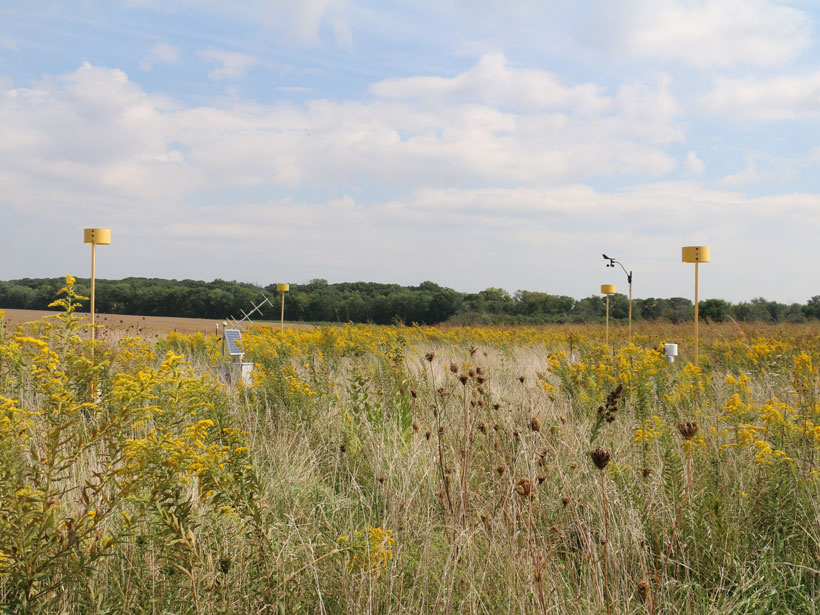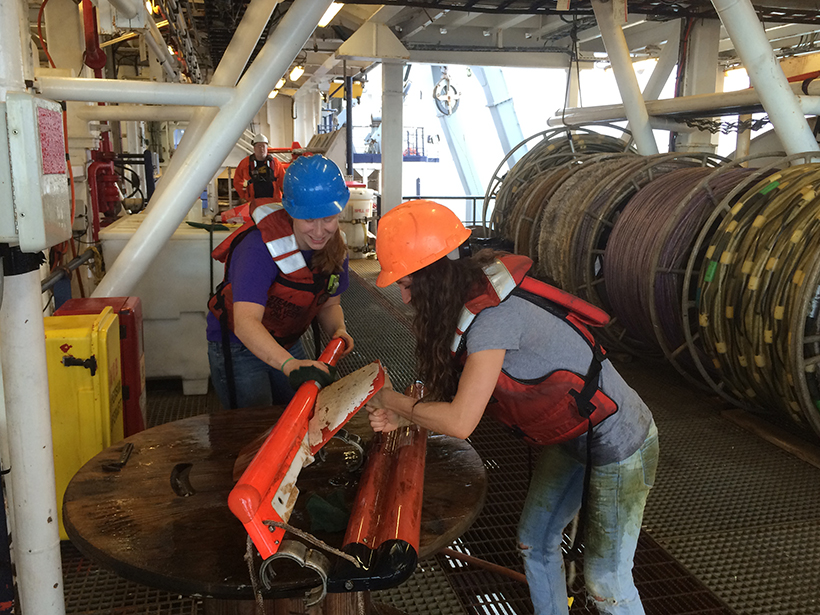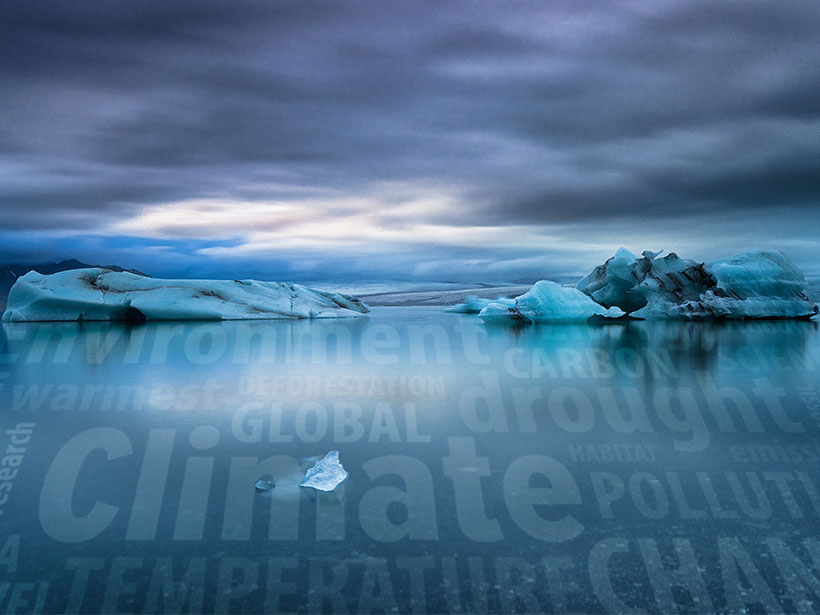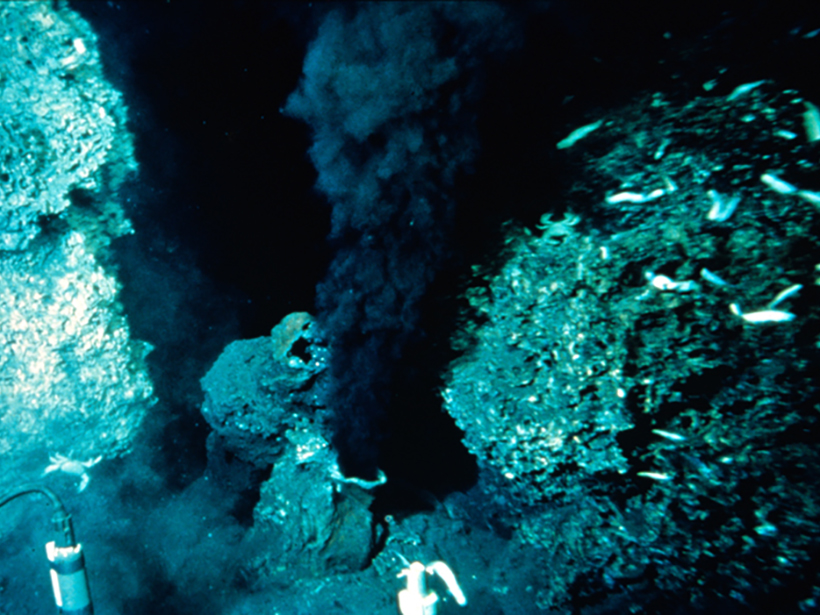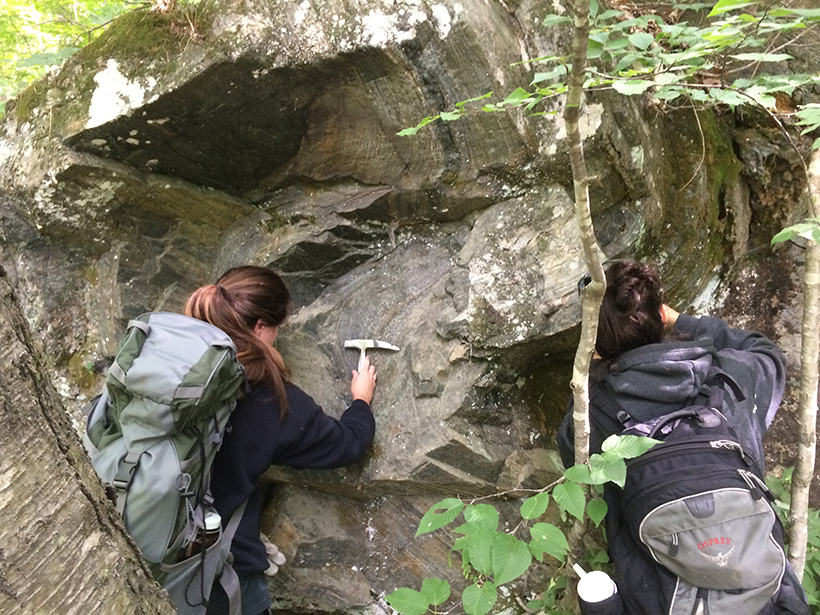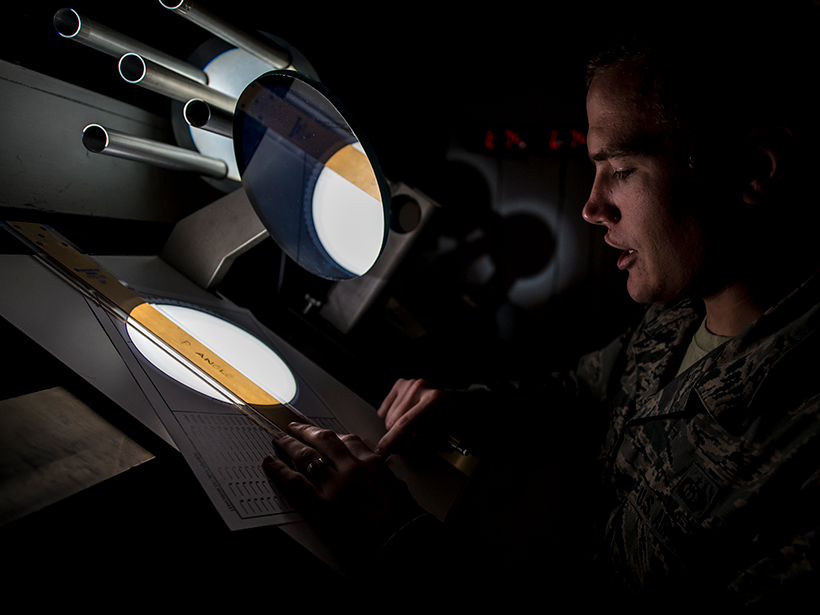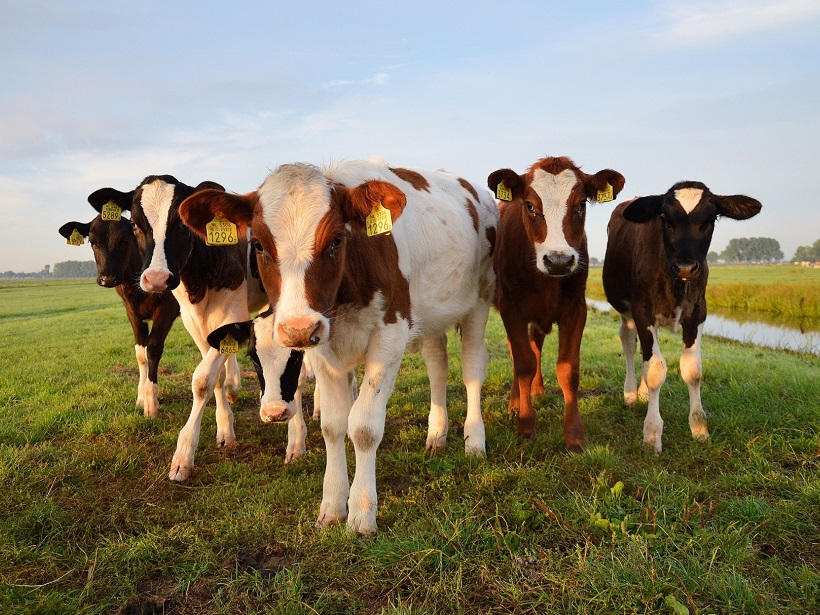A new information-processing framework helps researchers tease out the factors driving ecological shifts over short timescales.
CC BY-NC-ND 2017
Keeping Our Focus on the Subseafloor
Hard-pressed funding agencies wonder whether marine seismic facilities are worth the investment. A recent survey gives a resounding yes.
Rise of Distorted News Puts Climate Scientists on Their Guard
Wary of misleading coverage, some climate researchers are avoiding publicizing results. Others prepare countermeasures to anticipate and combat skewed media reports.
Is the Lower Crust Convecting Beneath Mid-Ocean Ridges?
The first attempt to couple models of hydrothermal circulation and magmatic convection along fast-spreading ridges may explain the spacing of hydrothermal vent fields along the East Pacific Rise.
Measuring Earth’s Elasticity
A new study illuminates how crustal rocks break and stretch.
More Discoveries in the Cards from Defunct Comet Mission
A year after the end of the Rosetta mission, the real scientific fun begins.
To Understand Future Solar Activity, One Has to Know the Past
Short-term funding strategies present serious problems for programs like solar activity studies, where observations and analysis span decades or longer.
Cosmic Ray Neutrons Reveal Mountain Snowpacks
The first application of aboveground neutron sensing to evaluate alpine snowpacks indicates that this method can reliably detect average snow depth and water content across intermediate distances.
Airborne Platforms Help Answer Questions in Polar Geosciences
International Workshop on Airborne Geodesy and Geophysics with Focus on Polar Applications; Dresden, Germany, 19–21 April 2017
Is Living Near a Farm Bad for Your Health?
A recent commentary in GeoHealth highlighted the health risks for people living close to large-scale livestock farms.

